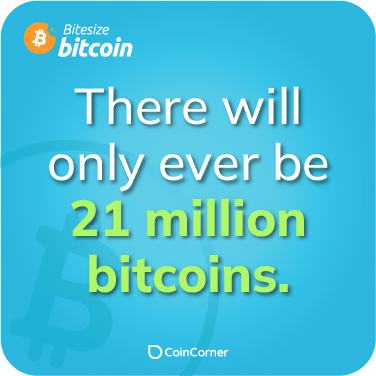How many bitcoins are there?

Why is there a limit of 21 million bitcoins in the Bitcoin protocol?
The limit of 21 million bitcoins is a deliberate design choice made by Bitcoin's creator, Satoshi Nakamoto. It was intended to create scarcity and provide a digital equivalent to physical commodities like gold.
How is the 21 million limit achieved in Bitcoin's code?
The 21 million limit is embedded in Bitcoin's underlying code and is achieved through a process called "halving." Approximately every four years, the rate at which new bitcoins are created is cut in half.
How does the halving process work in Bitcoin?
The halving process occurs through Bitcoin mining, which involves solving complex mathematical problems to validate transactions and add them to the blockchain. Every four years, the mining rewards decrease, reducing the rate of new bitcoin creation.
What happens when the total supply of bitcoins reaches 21 million?
When the total supply of bitcoins reaches 21 million, the creation of new bitcoins will stop. No additional bitcoins will be generated, and the supply will be fixed.
What is the purpose of the 21 million limit in Bitcoin?
The design feature of the 21 million limit aims to ensure scarcity, prevent inflation, and potentially increase the value of bitcoins over time. It adds to the appeal of bitcoins as a store of value and has led to the perception of bitcoin as "digital gold."
How does the limited supply of 21 million bitcoins differentiate Bitcoin from traditional fiat currencies?
The limited supply of bitcoins creates a predictable and transparent monetary policy in Bitcoin, distinguishing it from traditional fiat currencies that can be subject to inflationary pressures and manipulation by central banks.
Share this fact:





